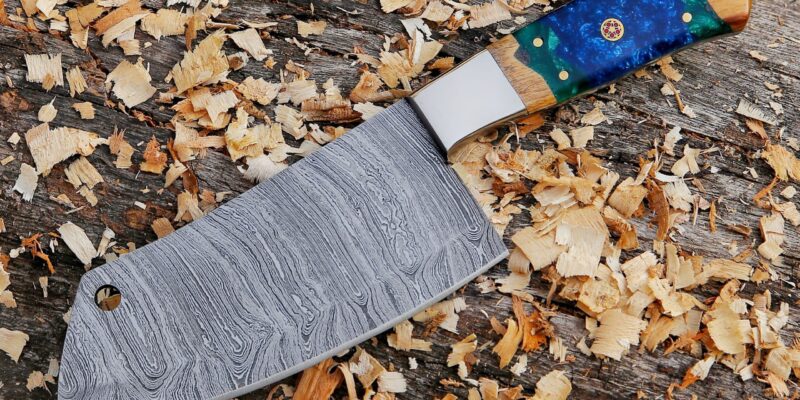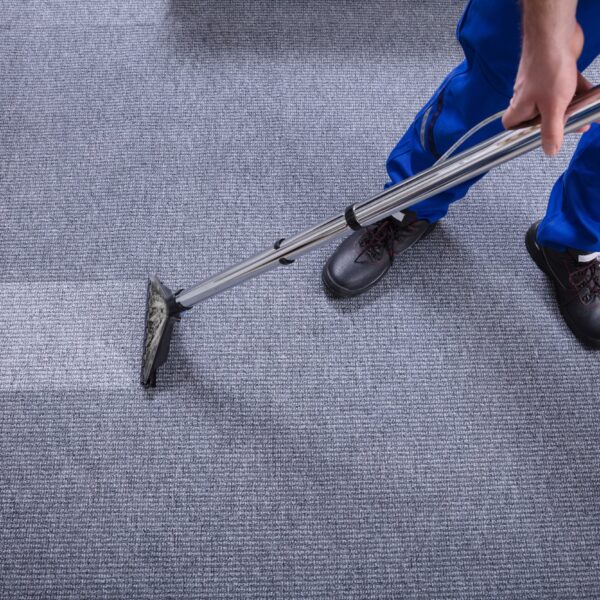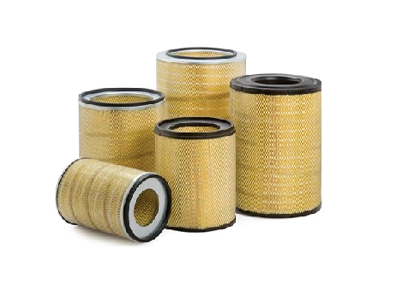
The cleaver knife is a powerhouse in the kitchen, known for its ability to handle a variety of tasks with ease. From chopping vegetables to cutting through bones, mastering the use of a cleaver knife can elevate your culinary skills to new heights. In this blog, we’ll delve into the essential techniques for using a cleaver knife effectively and safely in 2024. We’ll also highlight why this versatile tool is a must-have in your kitchen arsenal.
Why a Cleaver Knife?
The cleaver knife, also known as a meat cleaver knife or knife cleaver, is distinguished by its large, rectangular blade. This design provides several advantages:
- Versatility: It is ideal for a wide range of tasks, including chopping, slicing, dicing, and even tenderizing.
- Durability: Made from high-quality materials, cleaver knives are built to withstand heavy use.
- Efficiency: The cleaver knife’s weight and sharpness make it perfect for cutting through tough materials with minimal effort.
Whether you’re a professional chef or a home cook, the cleaver knife can be an invaluable tool in your kitchen.
Essential Cleaver Knife Chopping Techniques
1. Basic Vegetable Chopping
Chopping vegetables is a fundamental skill that every cook should master. The cleaver knife’s broad blade allows you to chop large quantities of vegetables quickly and efficiently.
Steps:
- Prepare Your Vegetables: Wash and peel your vegetables as needed.
- Secure the Cutting Board: Ensure your cutting board is stable to prevent slipping.
- Grip the Cleaver Knife: Hold the handle firmly with your dominant hand.
- Chop with Confidence: Use a rocking motion to chop the vegetables. The weight of the cleaver knife will help in making clean, precise cuts.
Tips:
- Keep your fingers curled under to avoid accidents.
- Use the flat side of the blade to scoop up chopped vegetables.
2. Slicing Meat
A cleaver knife is perfect for slicing through various types of meat. Its sharp blade ensures clean, even cuts, making it ideal for preparing meats for grilling or roasting.
Steps:
- Select Your Meat: Place the meat on a stable cutting board.
- Grip the Cleaver Knife: Ensure a secure hold on the handle.
- Slice with Precision: Use a smooth, continuous motion to slice through the meat. The weight and sharpness of the cleaver knife will make the task easier.
Tips:
- Chill the meat slightly for cleaner cuts.
- Slice against the grain for tender results.
3. Breaking Down Poultry
Breaking down a whole chicken or turkey can be challenging, but the cleaver knife makes it more manageable.
Steps:
- Position the Poultry: Place the bird on a stable cutting board.
- Locate the Joints: Use the cleaver knife to find and cut through the joints.
- Separate the Parts: Apply steady pressure to cut through bones and cartilage, separating the bird into manageable pieces.
Tips:
- Use the cleaver knife’s weight to your advantage.
- Keep the blade sharp for easier cutting.
4. Crushing Garlic and Spices
Crushing garlic and spices can enhance the flavors of your dishes. The broad blade of the cleaver knife is perfect for this task.
Steps:
- Prepare Your Ingredients: Place garlic cloves or spices on a cutting board.
- Crush with the Blade: Use the flat side of the cleaver knife to press down and crush the ingredients.
- Peel and Use: The crushed garlic or spices are ready to be added to your dish.
Tips:
- Use a firm, controlled motion to avoid slipping.
- Clean the blade immediately after crushing to prevent sticking.
5. Cutting Through Bones
Cutting through bones requires a sturdy, sharp knife, and the cleaver knife fits the bill perfectly.
Steps:
- Position the Bone: Place the bone-in meat on a stable surface.
- Grip the Cleaver Knife: Ensure a secure hold on the handle.
- Cut with Force: Use a swift, controlled motion to cut through the bone.
Tips:
- Use a wooden or plastic cutting board to protect the blade.
- Apply steady pressure and let the weight of the knife do the work.
Tips for Mastering Cleaver Knife Skills
1. Keep Your Knife Sharp
A sharp cleaver knife is essential for efficiency and safety. Regularly sharpen your knife using a whetstone or a professional sharpening service to maintain its edge.
2. Use Proper Cutting Techniques
Proper cutting techniques can prevent accidents and ensure clean cuts. Always use a stable cutting board and keep your fingers curled under to protect them from the blade.
3. Clean and Maintain Your Knife
Proper cleaning and maintenance can extend the life of your cleaver knife. Clean the blade immediately after use with warm water and mild soap, and dry it thoroughly to prevent rust and corrosion.
4. Store Safely
Store your cleaver knife in a knife block or protective sheath to prevent accidents and damage to the blade. This is especially important if you have children or pets in your home.
Conclusion
Mastering the use of a cleaver knife can transform your cooking experience, making it more efficient and enjoyable. From chopping vegetables to slicing meat and breaking down poultry, the cleaver knife is a versatile tool that can handle a variety of tasks with ease. By following the techniques and tips outlined in this blog, you can become proficient in using a cleaver knife and elevate your culinary skills to new heights. Whether you’re cooking at home or outdoors, the cleaver knife is an indispensable tool that every cook should have in their kitchen arsenal.









